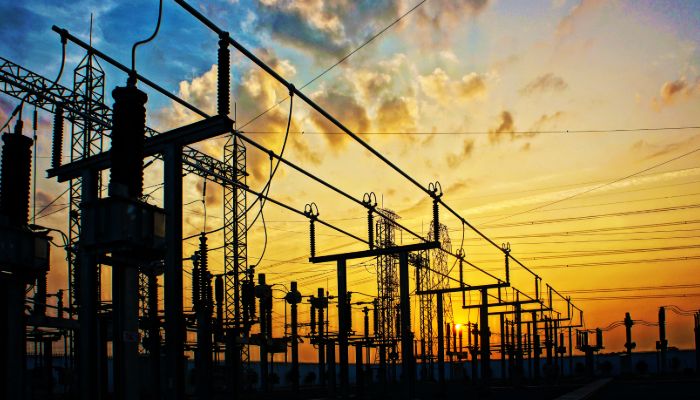- Grid Infrastructure
- Transmission and Distribution
- Technology Innovation
- DOE
ARPA-E Funding Demonstrates the Criticality of High Temperature Superconductors to the Energy Transition

Long considered too expensive for regular use throughout the grid, high temperature superconductor (HTS) technology has advanced markedly in recent years and is now expected to become a key component of the energy transition—so much so that the U.S. Department of Energy’s Advanced Research Projects Agency-Energy (ARPA-E) announced on October 5, 2023, that it is committing $10 million in grants to further the availability and cost-effectiveness of HTS.
In announcing the grants, ARPA-E Director Evelyn N. Wang noted, “If we can improve superconductors and manufacture them here in the United States, we can ultimately speed up the energy transition through enabling cost savings, faster production, and improved capability.” Grant recipients include the University of Houston, Houston-based MetOx, and Santa Barbara-based High Temperature Superconductors, Inc.
The projects are likely to accelerate grid operator interest in HTS—which, in fact, are already available in quantity and at a price point that makes them attractive for utilities in certain circumstances. As the energy transition advances and penetration of distributed energy resources (DER) mounts, HTS are poised to become an important tool for utilities facing increased need for distribution capacity in urban environments as well as those with rising DER integration demands.
The challenge of expanding capacity while integrating (often remote) renewable generation into established urban distribution grids is poised to increase exponentially. In fact, by some estimates, in order to meet net-zero goals by 2050, the global grid will need to double in size. By using HTS in certain situations, utilities will be able to build out new infrastructure and expand capacity in a more cost-effective and socially responsible way.
The Advantages of HTS
HTS have several unique characteristics relative to legacy conductor technologies. Where most conductors exhibit some electrical resistance, HTS have none. The power that can be transmitted over HTS is far greater than what is possible today with conventional copper or aluminum conductors.
Additionally, the need for grid capacity expansion as electrification proliferates and energy demands grow can necessitate new or larger rights of way (ROWs)—often a significant hurdle to grid expansion and new interconnection projects. HTS offer more power per area compared with legacy conductors—up to 8 times the power can be moved over the same size cable with virtually no losses. This means smaller ROWs can be commissioned—or power lines in existing ROWs can be reconductored for greater capacity without the need to procure more space.
Another key differentiator between HTS and legacy conductors is that HTS can be used to transmit the same or even more power at lower voltages. Engineering for a traditional transmission line must consider how much power will be lost due to resistance as power flows over long distances—and thus voltage must be stepped up at the origin of that line. With HTS, a lower voltage line at a higher current can deliver the same amount of energy using a smaller conductor.
In fact, generation sites like utility-scale wind or solar could potentially be interconnected with the grid further downstream, in the distribution grid rather than at higher transmission portions of the network. This means not only easier access to smaller ROWs but also fewer and smaller substations designed for the interconnection site—which translates to more options for siting and faster permits and approvals.
HTS are not indicated in every grid expansion or interconnection project—but in certain cases the technology brings great value to the overall cost-benefit equation. These include urban capacity expansion, new transmission interconnections for remote DER, and EV fleet charging, to name just a few.
Read more about the advantages of HTS, explore the use cases for which they are best suited, and find case studies of real-world HTS deployments in the Guidehouse Insights white paper Reimagining the Grid with High Temperature Superconductor (HTS) Technology.